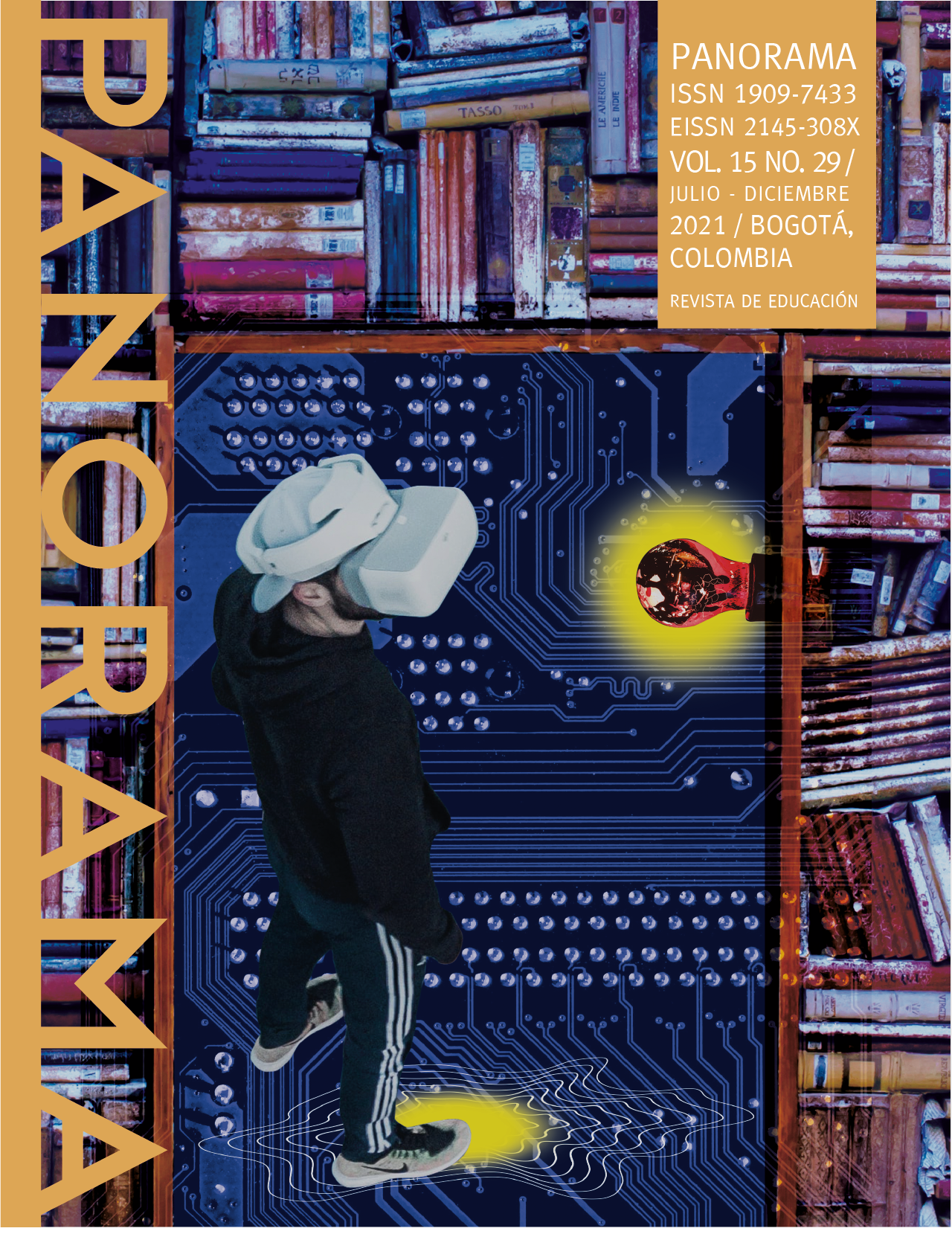Abstract
The present work has the purpose of showing the importance of socio-emotional learning within basic education, specifically in primary; through action research that consists of making systematic observations to improve the teaching and learning of students.The selected variables are reflected in a series of questions in a survey designed with the Google forms application, with a sample of 399 upper primary education students; attending to each of the dimensions and skills that correspond to socio-emotional learning.The pedagogical approach embodied in the Key Learning Program (SEP, 2017) lies in the interaction levels of the person: in learning to be, learning to do (individually); learning to live together (socially) and learning to learn (transcendental). Each of these planes develops the dimensions that socio-emotional learning addresses: self-knowledge, self-regulation, empathy, collaboration and autonomy. Its aim is to develop essential competencies to face challenges aimed at the integral development of the personality.Among the results, breathing prevails as a fundamental technique to learn to control and dominate emotions; The starting point to develop each of the socio-emotional skills is self-knowledge, with special emphasis on attention and with the purpose of forming balanced people; able to regulate and understand their emotions. The power of leadership, personal well-being and the constant development of empathy and assertive communication in learning are also highlighted.
References
Álvarez, C. (2012). Las leyes naturales del niño: la revolución de la educación en la escuela y en casa. México: Aguilar Ocio.
Bisquerra, R. (2005). La educación emocional en el profesorado. Revista Electrónica Interuniversitaria de Formación de Profesorado, 19(3). Recuperado de: redalyc.uaemex.mx/pdf/274/27411927006.pdf
Bisquerra, R. (2011). Educación emocional. Propuesta para educadores y familias. Bilbao: Descleé de Brower.
Cabello, R., Ruiz, D., & Fernández, P. (2010). Docentes emocionalmente inteligentes. Revista Electrónica Interuniversitaria de Formación de Profesorado, 13(1). Recuperado de: dialet.unirioja.es/servlet/articulo?codigo=3163455
Casassus, J. (2006). La educación del ser emocional. Universidad Virtual del Instituto Tecnológico de Monterrey. México: Ediciones Castillo.
Chernicoff, L., Labra, D., Jiménez, A., & Rodríguez, E. (2015). Trabajar y vivir en equilibrio. Transformando el ámbito laboral desde el cambio interior: módulo 2. cómo trabajar con las emociones: autoconocimiento y autorregulación. México. Atentamente Consultores A.C.
Cohen, D. (2012). Cómo aprenden los niños. México: Séptima reimpresión, Fondo de Cultura Económica.
Delors, J. (1994). Los cuatro pilares de la educación. La educación encierra un tesoro. México: UNESCO.
Dueñas, M. (2002). Importancia de la inteligencia emocional: un nuevo reto para la orientación educativa. Educación, 21(5). Recuperado de: redalyc.uaemex.mx/src/inicio/ArtPdfRed.jsp?Cve=70600505
Durkheim, E. (20016). Educación y Sociología. México. Tercera reimpresión: Editorial Colofón.
Fernández-Berrocal, P., & Extremera, N. (2002). La inteligencia emocional como una habilidad esencial en la escuela. Revista Iberoamericana en Educación. Recuperado de: www.rieoei.org/deloslectores/326Berrocal.pdf
Gallegos, R. (1999). Educación Holista: pedagogía del amor universal. México: Editorial Pax.
García, J. (2012). La educación emocional, su importancia en el proceso de aprendizaje. Revista Educación. Recuperado de: http://www.redalyc.org.
Garnegie, D. (2020). Cómo ganar amigos e influir sobre las personas. Estados Unidos: Debolsillo. Octava reimpresión.
Goleman, D. (1999). ¿Qué define a un líder? Recuperado de: http://arbo.com.ve/wp-content/uploads/2012/10/lider.pdf
Guevara, G. (2010). Lectura para maestros. México: Editorial Cal y arena.
Hernández, R. (2006). Metodología de la Investigación en México. México: Mc Graw Hill.
Martínez-Otero, V. (2007). Psicología de la inteligencia afectiva: implicaciones pedagógicas. Revista Electrónica de Psicología. Recuperado de: dgsa.uaeh.edu.mx/revista/psicologia/IMG/pdf
Moya, L. (2019). Educar en la empatía. El antídoto contra el bullying. Barcelona: Editorial Plataforma Actual.
Organización Mundial de la Salud. (2017). Protección de la salud de los trabajadores. Recuperado de: https://www.who.int/es/news-room/fact-sheets/detail/protecting-workers'-health
Pérez, M., & Redondo, M. (2006). Procesos de valoración y emoción: características, desarrollo, clasificación y estado actual. Revista Electrónica de Motivación y Emoción, 9(22). Recuperado de www.infocop.es/view_article.asp?id=1181
Roberts, A., & Pastor, B. (2018). Diccionario Etimológico Indoeuropeo de la Lengua Española. Madrid: Alianza Diccionarios.
Robinson, K. (2018). El Elemento. México, Novena edición: Debolsillo.
Robinson, K. (2018). Tú, tu hijo y la escuela. México: Grijalbo.
Santrock, J (2002). Psicología de la Educación. México: McGraw-Hill.
Sartre, J. (1987). Bosquejo de una teoría de las emociones. Madrid, España: Alianza Editorial.
Secretaría de Educación Pública. (2017). Aprendizajes clave para la educación integral. Plan y programas de estudio para la educación básica. México: Secretaría de Educación Pública.
Secretaría de Educación Pública. (s.f.). Los fines de la educación en el siglo XX. Recuperado de: https://www.gob.mx/cms/uploads/attachment/file/114503/Los_Fines_de_la_Educacio_n_en_el_Siglo_XXI.PDF
Woolfolk, A. (2006). Psicología de la Educación Pública. México: Pearson Educación.

This work is licensed under a Creative Commons Attribution-NonCommercial-NoDerivatives 4.0 International License.





